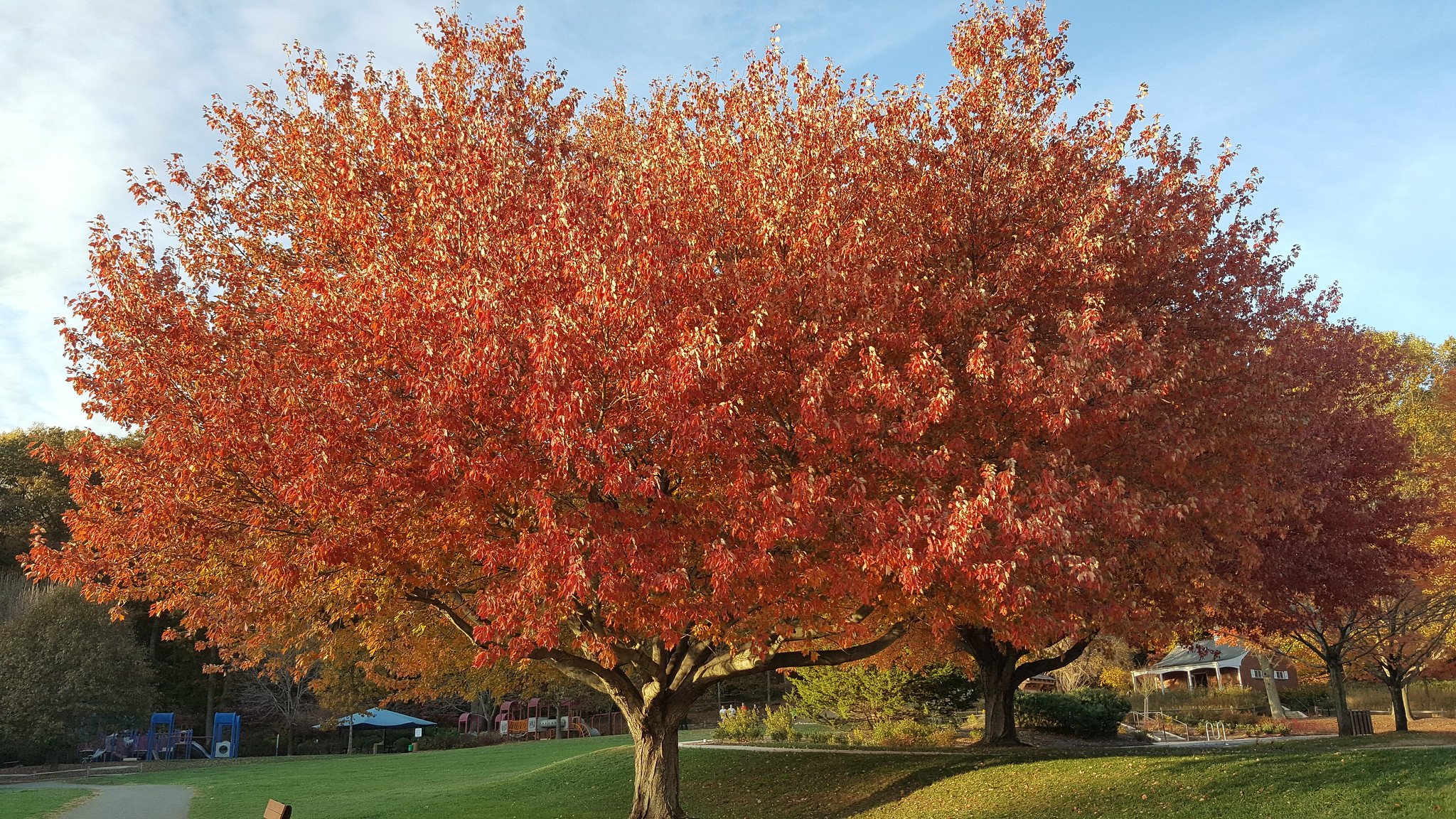
OPEN SPACE
What is Open Space?
Open space is any undeveloped land that is accessible to the public. Preserving land protects and enhances natural environments and recreational resources for the community’s use and enjoyment. Open space is an investment in the future. It is critically important for environmental, safety, health, quality of life, and financial reasons, as outlined here:
Environmental
Open space encompasses a variety of land types, including farms, parklands, forests, wetlands, and streams. Protecting large swaths of these contiguous open areas ensures secure wildlife habitats for breeding, raising young, migrating, shelter, and seeking food. It is also essential for propagation of native plants that cannot thrive where non-native grasses and herbicides are present. Open space in the form of stream buffers is critical to maintaining water quantity and quality in waterways and the reservoirs that they feed.
The flora within parklands and forests filters air by removing carbon pollution and other volatile particulates that store the greenhouse gases contributing to climate change. Protected wetlands filter out toxins, reduce flooding, and control water flow as a way of combating seal level rise.
Health and Safety
Undeveloped lands minimize noise pollution and contribute to clean air. Preserved open spaces purify and supply plentiful water through surface streams and groundwater recharge when situated in a watershed region. Open space offers areas for recreation and exercise, enabling firsthand appreciation of nature and the opportunity to get in touch with one’s inner peace. It is well documented that access to open space is associated with lower blood pressure, reduced anxiety and obesity, and increased longevity. Click here for more reading.
Open space also offers safe corridors for wildlife as an alternative to compelling animals to traverse populated areas, destroying private landscapes and encroaching on municipal roadways.
Quality of Life
Preserved farmland, forests, and parkland are important for preserving bucolic vistas and the rural character of a community. Vehicular traffic with its accompanying noise pollution tends to be less in these undeveloped areas. Farmlands also play an essential role in maintaining an area’s inherent history and culture.
Financial
Open Space has been proven to stabilize taxes. Residential and commercial ratables carry with them infrastructure and service costs that are not required with open space, such as sewer/road installation and maintenance, police, fire, and first aid services, etc. Furthermore, communities that focus on preservation of fields, woodlands, and streams are known to have higher property values, as do areas with preserved historic farms and districts.
Why is Open Space Preservation Important in Southern Holmdel?
Holmdel’s land south of the Garden State Parkway is a vital watershed area. Rainwater falling on Holmdel’s “southern slope” courses through streams leading into the Swimming River Reservoir. These large, undeveloped areas filter surface waters and provide a consistent recharge of ground water into underground aquifers that are destined for the reservoir. This is critical for preserving the quantity and quality of drinking water for more than 250,000 Monmouth County residents.
Holmdel's southern slope consists of pristine freshwater streams, prime agricultural farmland soils, and wildlife corridors with threatened and endangered species. It also contains miles of well-maintained walking and biking trails for all to enjoy.
Due to these unique geological and ecological characteristics, Holmdel, as a steward of the Swimming River Reservoir, has the responsibility to protect the environmental integrity of its watershed.
CILU’s Accomplishments with Preserving Open Space
Since its inception in 1998, CILU members have been working with other citizen groups and governmental entities to preserve open space, including:
416-acre Chase Tract: Saved as farmland and Ramanessin section of Holmdel Park
97-acre DePalma Farm: Preserved as farmland and a nursery
20-acre Mahoras Greenway Nature Area
103-acre F&F Nurseries: Saved as farmland and part of Ramanessin Brook Greenway
12.5-acre Del Tufo tract: Saved as an extension to Labbe Park
12-acre Bachstadt tract: Preserved as the Neil Waackaack Nature Preserve
12-acre portion of Cross Farm Park: Successfully prevented sale to developer
92-acre Westor Farm: Actively supported blocking development of a commercial sports complex.
Cross Farm Park: Thwarted installation of synthetic turf fields bordering streams feeding directly into to the reservoir.
Marlboro Hospital site: Worked with Marlboro residents to have it preserved.
Actively opposed unnecessary construction of a Natural Gas regulator station in Holmdel's preserved farmland and residential areas.
The amount of unprotected open space in Holmdel is limited and diminishing. Regulation alone will not prevent a loss of land. Land use policies change with each new administration, putting these lands at risk from year to year.
How Holmdel Can Continue Its Legacy of Preserving Open Space
Now is the time to acquire more land through grants and partnerships when fiscally feasible.
Buy development rights to properties, thereby limiting their development.
Document open space properties on Holmdel’s ROSI (Recreation and Open Space Inventory) to restrict development in those areas.
Support, implement, and enforce township ordinances and regulations that call for sound land use planning, such as
Blocking extension of sewers with its subsequent development.
Avoiding destruction of mature forests which prevent soil erosion, stabilizing stream banks and reducing the amount of silt and sediment that washes into waterways.
Enforcing impervious coverage limits to maintain the quality of water going into our reservoir.
Limiting use of fertilizers/pesticides on plants and grass or plant native species to reduce the need for these chemicals.
Encourage responsible disposal of harmful materials like motor oil, pesticides, paint, and household cleaners.
Participate in periodic stream and wetland clean ups.
.

